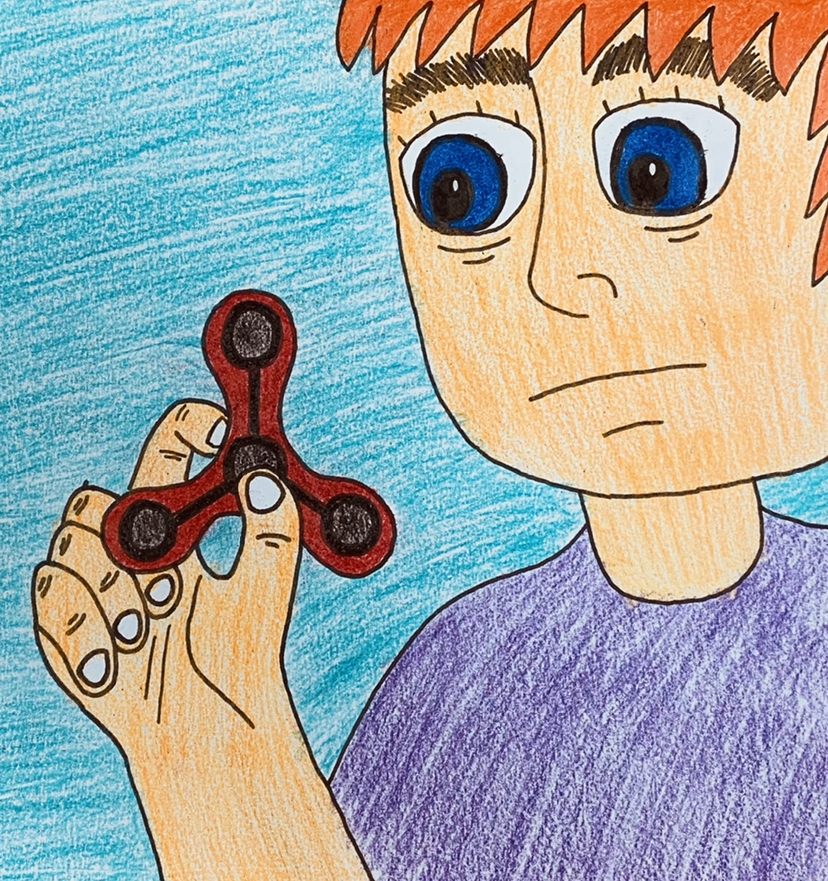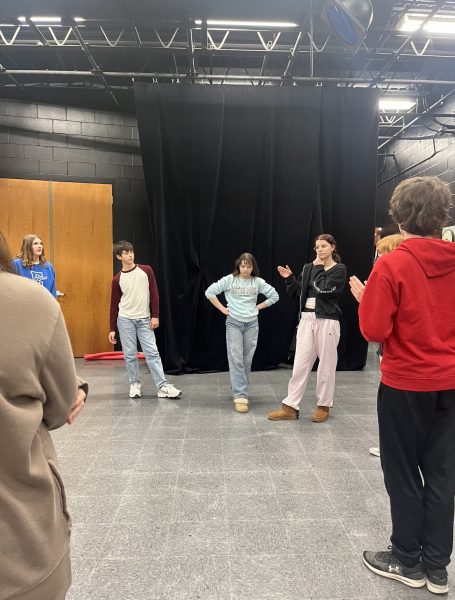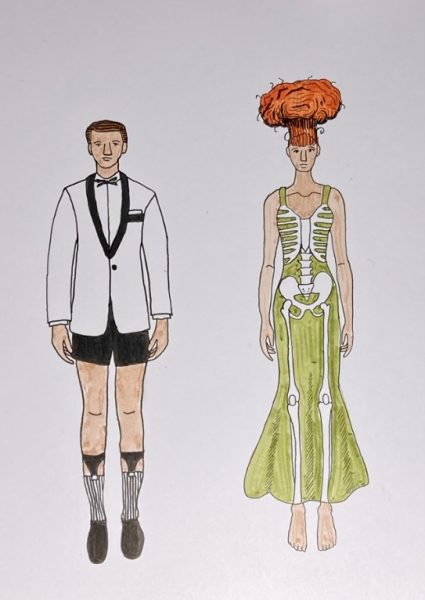Whatever happened to the fidget spinner?
Photo by Joel Bierbower
Does anyone remember?
Picture this: you’re walking through a toy store, and are in awe of the selection. Toys, games, and novelty items as far as the eye can see! The ceiling is high, and the air smells like plastic and rubber. The shelves are stocked with the latest toys, including trendy ones and those from simpler times. No matter the time of year, there was always a unique toy whose design was simple, yet intriguing. It frequently surged in popularity, and just as quickly lost its audience. One example of this phenomenon is the fidget spinner.
Ironically, the fidget spinner has been around since the early 90s, and was originally created as a calming tool for people with ADHD and Autism. But in 2017, the toy suddenly became popular, and they began flying off the shelves. But why?
“Fidgeting helps create emotional attachment to an object,” as mentioned in a Forbes article, “which to some degree can serve as a replacement to having a real human available. Emotional connections are a basic human need, which people in part can satisfy with a favorite blanket, ball, toy or other object.”
Besides their use as a calming and distraction agent, fidget spinners served as a source of entertainment. The way they spun and the whirring sound they made were equally satisfying. They came in a variety of different shapes, sizes, and colors. Some lit up while others stayed silent. Many videos and memes were made about the fidget spinner. There was no stopping this multi-lobed obsession!
“I had one, I wanted to see what everyone found fascinating about them,” East sophomore Evy Isom said. “I think it was just something that was portable they could mess with.”
But shortly after the popularity of fidget spinners spiked, interest in them declined again. So what happened? Spinners were banned in some school districts, deemed as too distracting. In addition, recent studies have shown that fidget spinners had no effect in treating people with ADHD. However, since they can be used as a calming tool, spinners may have some use in today’s society.
“The people I know who used fidget spinners said it helped them relax, and be more focused,” mentioned East Speech/Language Pathologist Kathy Dawson. “Instead of worrying about their problems, they could just play with the fidget spinner and think about that instead.”
The question remains: will fidget spinners ever regain their popularity, or will they remain a memory of the past? For now, we can reminisce about the satisfaction they provided, followed by the annoyance and distracting qualities they hid between their ball bearings. Now to wait and see what sparks the next craze.

My name is Joel Bierbower and I’m a senior. I am involved in a variety of activities such as Show Choir, Singers, Theater, Ambassadors, Tri-M, and the...












